A beginner's guide to blockchain technology
Definition of a blockchain

The simple definition of a blockchain is that it is a distributed database. It is called a distributed database because each device that is connected to the system gets a copy of all transactions that are being made. In this way, the blockchain is kept secure and accurate across a widely distributed network of devices. The devices that are connected to the system are referred to as nodes.
Nodes: A general overview
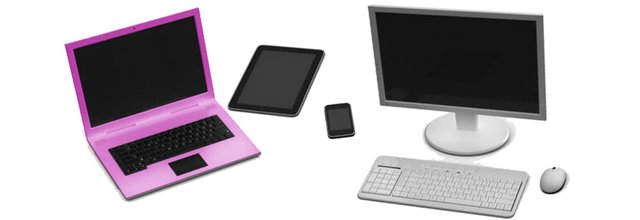
In simple terms, a node is an endpoint (also called an outlet) or a branch in a computer network. Any active device that can send, receive or forward data in a computer network is referred to as a node. Nodes are addressed in different functions depending on the OSI model. Usually in level 2 and higher the nodes are addressable, however, a node can also be a network hub or a modem that doesn't meet the addressability requirement of level 2. Any computer, switch, printer, router or cell phone can all be nodes in computer networks. A host computer is a node that is addressable at level 3. In a distributed system, the term node can be used to describe any device that is capable of running client, server or peer-to-peer software.
The OSI model explained
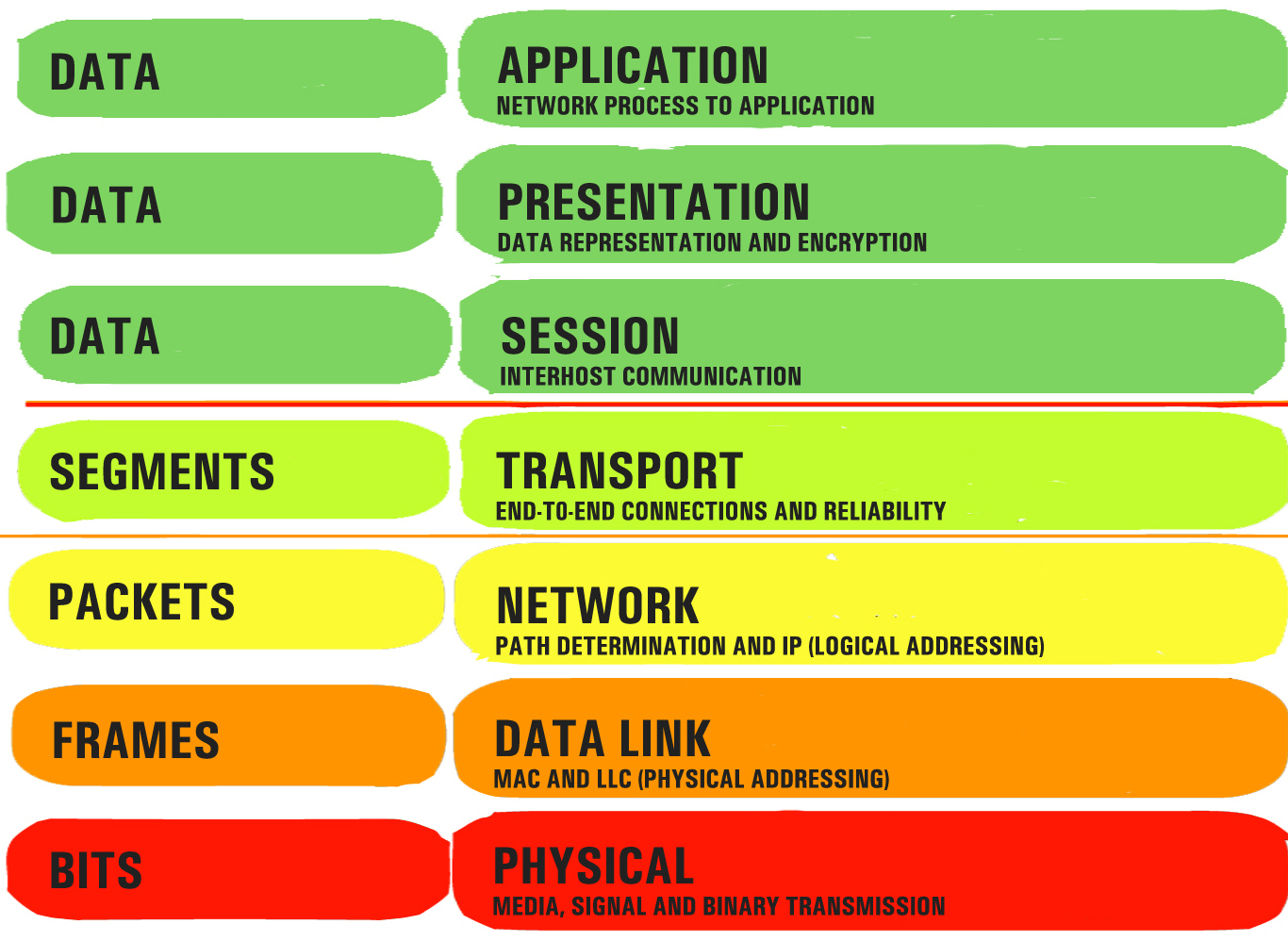
The meaning of node depends on the OSI model. OSI model is a conceptual model for computer communication in 7 layers. Each layer provides a specific service that is independent of the techniques used in the layer above or below. Above is a picture showing the different layers of the OSI model. The bits, frames and packets layers are called media layers and the segments and data layers are called host layers.
The development of P2P networks
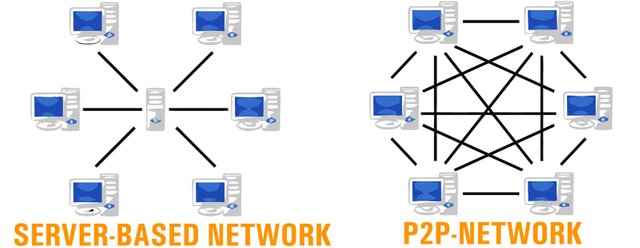
Peer-to-peer network, often shortened to P2P, is a non-hierarchical network of interconnected nodes that communicate as peers (instead of communicating according to the client server model). This means that the nodes are not assigned any specific roles or hold any privileges over the others, but instead, all nodes in the network can act in all roles. A node in a P2P network can be referred to as a "server client", or "servent", due to the fact that each node can act as both a server and a client. P2P networks are commonly used for chat, file sharing and IP-telephony.
The term "peer" in this sense comes from the term "peer group", which originally refers to people of the same status, age and education (so called peers). In computer communication, the term refers to devices (nodes) that are on the same OSI levels.
The first generation of P2P is best described as a file sharing network that was built around a central server that stored all information except for the files that the users share. The major reason for the early success of the pioneering programs using this new technology was the fact that it made file sharing a lot easier. Programs such as Napster and Kazaa gained a lot of popularity as many of their users were downloading and sharing copyrighted material such as music and movies. This made a lot of people in the commercial music and movie industry upset as it resulted in a great decrease in the sales of CDs and DVDs. Legal actions were taken and these type of networks were quickly eradicated because it was made illegal to have such servers generally accessible on the internet. This led to the next generation of P2P being created.
The second generation of P2P is the most common in use today. These networks use no central storage of information about what the users share, and in many cases, no dedicated server is used at all. This has made it more difficult for the legal system to impose responsibility on those users who appear to be involved in illegal file sharing. In the rare cases where there are publicly accessible servers, it is often difficult to ascertain who is responsible for them. It is however still easy to identify users and the content that they share. It is also easy to track the uploads and downloads that are being conducted on the network between users.
The third generation of P2P is being built with the primary goal of protecting the privacy of users on the network and making it as difficult as possible for listeners to track transfers made within the network. The technologies used are based on multiple layers of encryption as well as different routing algorithms for both searches and transfers of files.
The role of blockchain technology in digital currencies
A blockchain-based digital currency is a type of currency that exists only in the form of a digital asset that is designed to be used as a medium of exchange. It is commonly referred to as cryptocurrency due to the fact that it uses cryptography in order to control the creation of additional units and to secure transactions.
The concept of a digital currency system based on a P2P network structure was first publicly described by a man named Wei Dai in 1998 in the mailing list Cypherpunk. It took however until 2009 before the first decentralized block-chain-based digital currency was created. It happened when Satoshi Nakamoto (likely an alias) released the open source software that used the original blockchain system in order to create the Bitcoin.

Since it was first introduced in 2009, Bitcoin has influenced the creation of several alternative blockchain systems, among the most commonly known are Dogecoin (DOGE), Litecoin (LTC) and Ethereum (ETH).
The blockchain-based digital currencies are using decentralized control, with the blockchain in the role of a distributed ledger that controls and verifies all the transactions that have ever been made in the database of the system. This is the opposite of the common centralized financial systems where one institution, such as the Federal Reserve, has total control.
Potential future use of blockchain technology
Other than file sharing and cryptocurrencies, blockchain technology has a huge potential as a part of future payment- and value transfer systems, registration of securities and the transfer of money from one account to another, or from one institution to another. Financial sectors have already started implementing blockchain technology into their own systems and the international stock exchange Nasdaq announced its first blockchain-based service, Nasdaq Linq, in November 2015.
Blockchain technology simply makes the system safer and the administration easier at the same time as it increases transparency and eliminates manual mistakes.
With the increasing popularity of social media, it is no surprise that blockchain technology recently has started to be used in social media platforms. Companies like Steemit and Yoyow are pioneers in the field of blockchain based social media platforms. In the near future we are likely to see who will become the blockchain based versions of Facebook and Youtube.
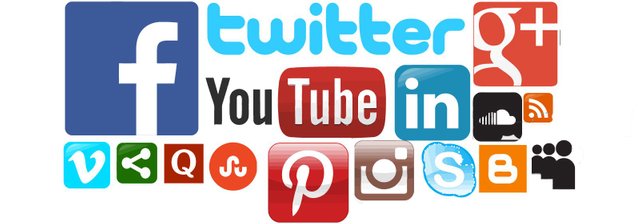
Blockchain technology for safer transactions
All data is permanently stored in so called blocks on the blockchain network. There is a chain of these blocks in each node and each block contains all the most recent transactions and the hash of the previous block. A hash is a function that is used for mapping data of inconsistent size to data of fixed size.
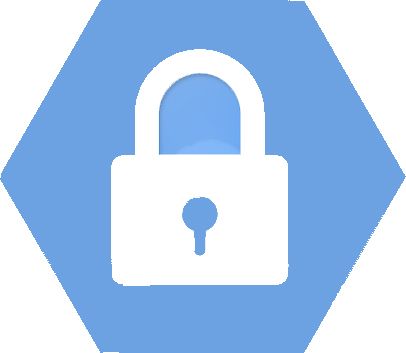
No transaction is considered valid until the block that contains it has been added to the chain and has been controlled and verified by other nodes in the network. The blockchain system then checks that both the old owner of the currency and the new owner of it have confirmed the transfer of ownership by signing their respective unique passwords. It is also confirmed that the original owner has not attempted to transfer the same units to multiple receivers at the same time. The automatic majority decision is used by the blockchain network in order to prevent corrupt nodes from approving inaccurate transactions.
Congratulations @larskris! You have completed some achievement on Steemit and have been rewarded with new badge(s) :
Click on any badge to view your own Board of Honor on SteemitBoard.
For more information about SteemitBoard, click here
If you no longer want to receive notifications, reply to this comment with the word
STOPCongratulations @larskris! You have completed some achievement on Steemit and have been rewarded with new badge(s) :
Click on any badge to view your own Board of Honor on SteemitBoard.
For more information about SteemitBoard, click here
If you no longer want to receive notifications, reply to this comment with the word
STOPCongratulations @larskris! You have received a personal award!
Click on the badge to view your Board of Honor.
Do not miss the last post from @steemitboard:
SteemitBoard World Cup Contest - Play-off for third result
Participate in the SteemitBoard World Cup Contest!
Collect World Cup badges and win free SBD
Support the Gold Sponsors of the contest: @good-karma and @lukestokes
Congratulations @larskris! You received a personal award!
You can view your badges on your Steem Board and compare to others on the Steem Ranking
Vote for @Steemitboard as a witness to get one more award and increased upvotes!